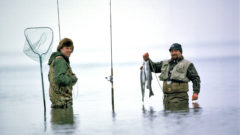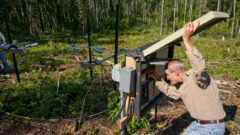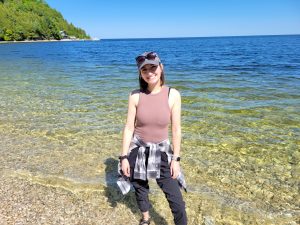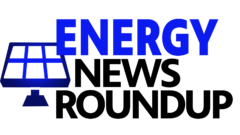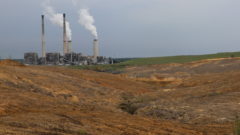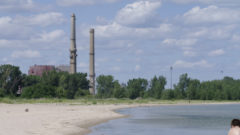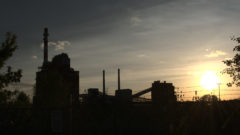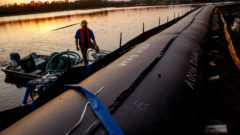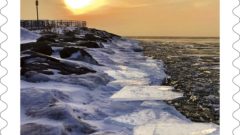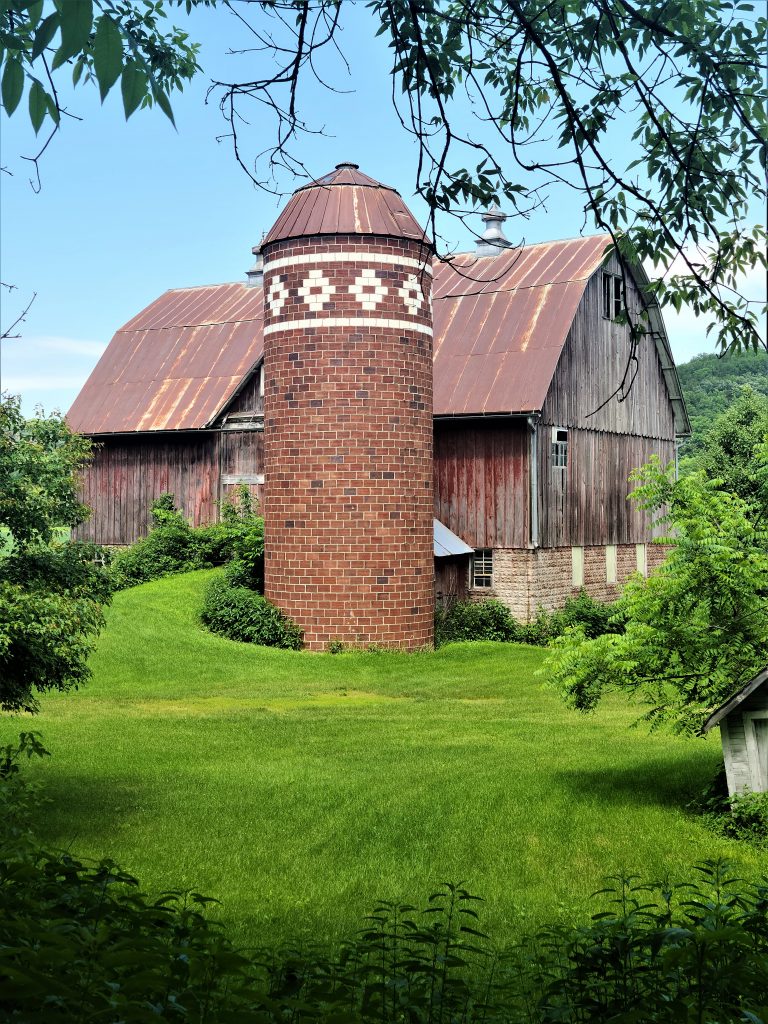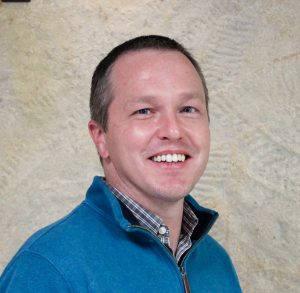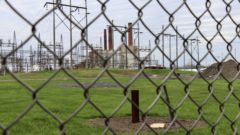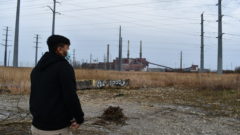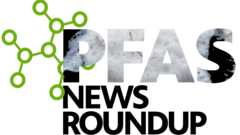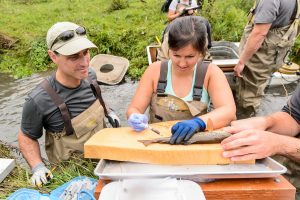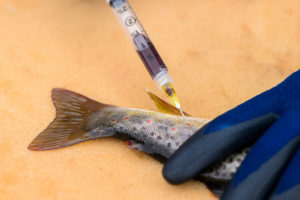Toledo area elected officials express support for Kaptur’s Great Lakes Authority proposal
City Council members from Toledo, Maumee and Bowling Green joined Rep. Marcy Kaptur at a press conference Tuesday to talk about how the Great Lakes Authority proposal could help northwest Ohio. Read the full story by WNWO-TV – Toledo, OH.
Great Lakes Commission
https://www.glc.org/dailynews/20220831-greatlakesauthorityproposal-kaptur

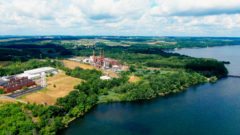
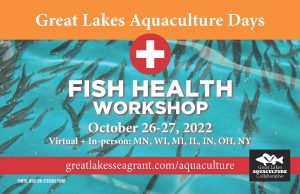 It’s a chance for current fish farmers, as well as those interested in aquaculture and its products, to learn more about this fast-growing segment of the agriculture industry and get technical advice.
It’s a chance for current fish farmers, as well as those interested in aquaculture and its products, to learn more about this fast-growing segment of the agriculture industry and get technical advice.